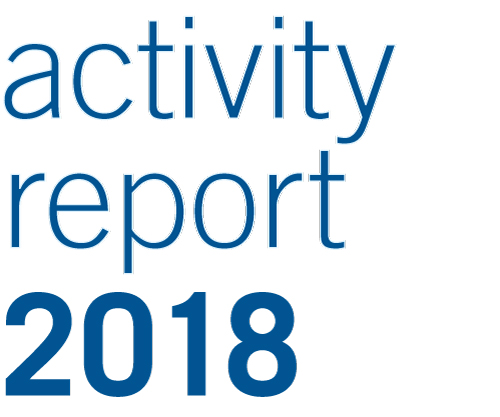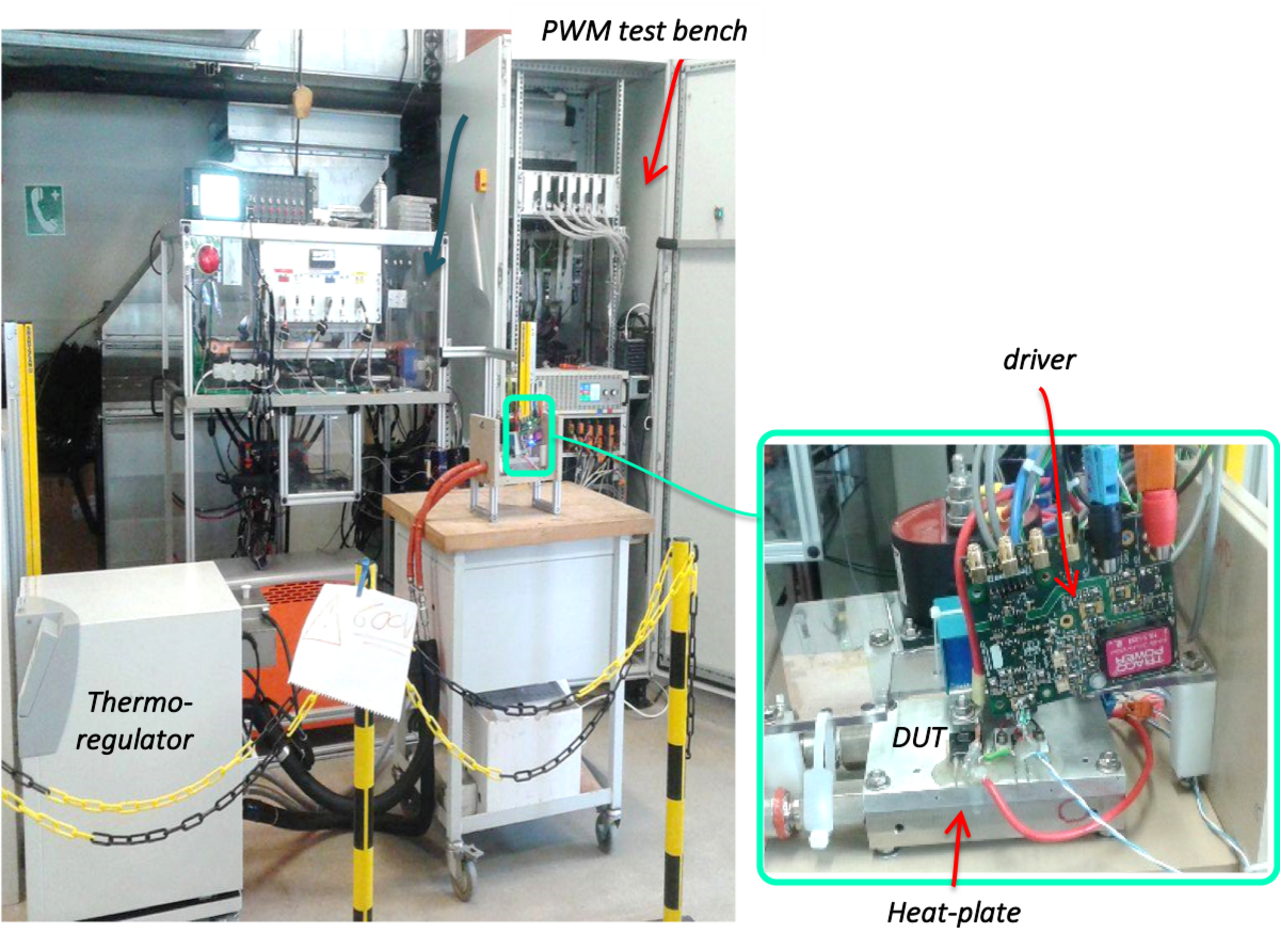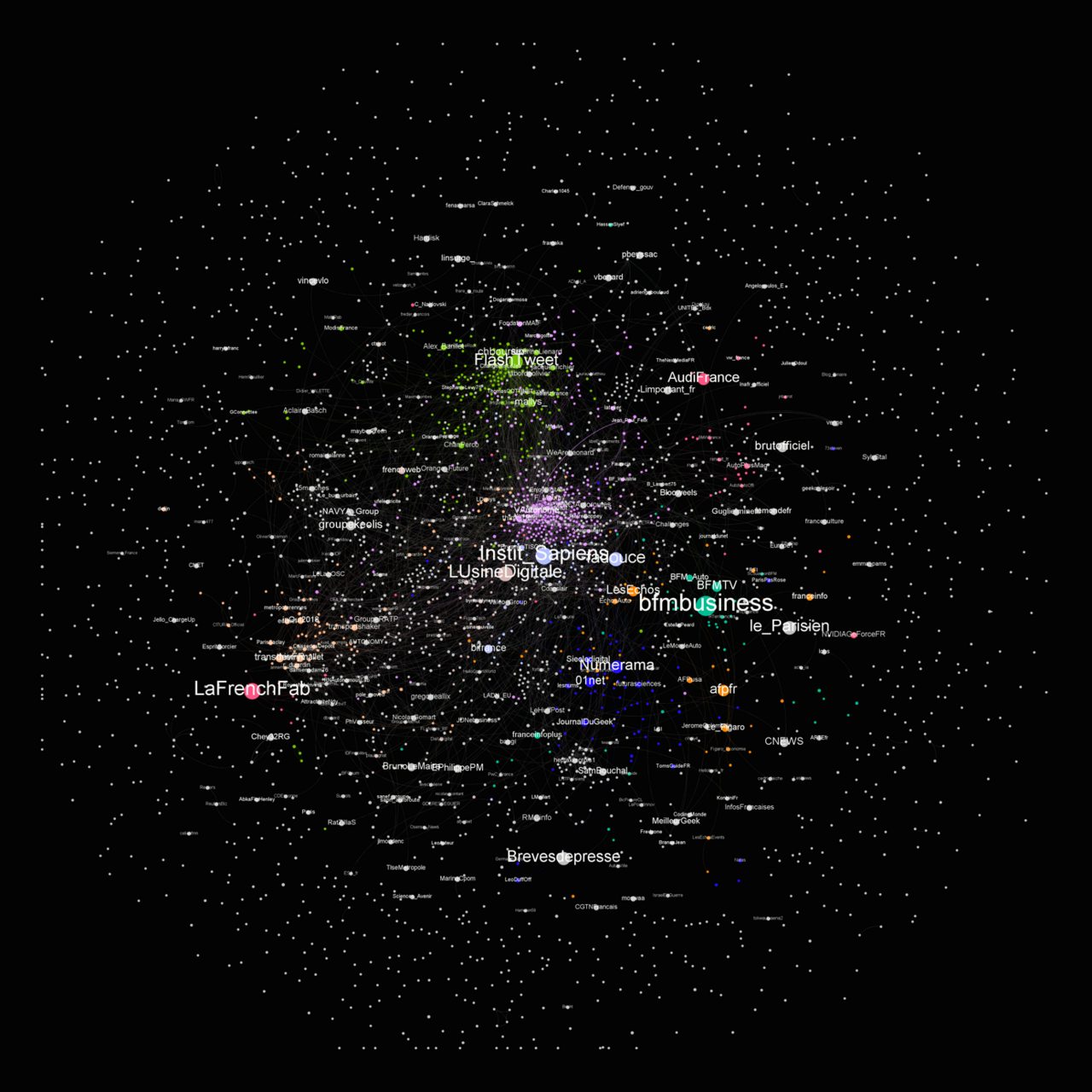Technological and societal disruptions
Transport systems generally undergo continuous change in terms of improvements in their operation and maintenance. Sometimes, a technological advance can disrupt this slow process and cause a complete disruption. These can be either technological, and in principle manageable, as in the case of electronic components, or societal, as in the case of autonomous vehicles. In this case, they require a form of assimilation that is made possible as a result of media-based information.
The MeGaN Project, a French Galium Nitride (GaN) power component sector
The project aimed to develop a French GaN-based component sector for power applications. The desired disruption is to achieve high levels of energy efficiency with the possibility of operating in severe and very confined environments and reducing the weight and volume of devices. Such performance is made possible by "large-gap" semiconductor materials such as Silicon Carbide (SiC), GaN or diamond.
The applications targeted were traction and recharge converters for automotive batteries as well as photovoltaic and aeronautical applications. Begun in 2012 and completed in 2018, this project, which was funded by the French Investment Bank (BPI), was built around end-users (Renault, Safran, Schneider Electric), manufacturers (Valeo, Loupot, Id-mos, Tronico) and academics (CEA-LETI, CNRS, INSA-Lyon, ARMINES, Université de Grenoble and IFSTTAR) at a total cost of €45M.
The project produced components up to 100A and 650V using HEMT (High Electron Mobility Transistor) technology and the design of a colaminated material (copper/Invar) which made it possible to develop a package that is suitable for high temperature environments. IFSTTAR's ageing platform has identified the main failure modes of these components. The work has led to the defence of two theses at TEMA and a number of scientific publications.
The autonomous vehicle as a media object
Funded by DGITM-MTI, the VACOM project analyses how the autonomous vehicle is portrayed and presented in the French and English media coverage. The discourse in question was collected from the so-called "mainstream" print and Internet media, and on the so-called "social" media of Twitter, between December 2017 and May 2018, as well as in a selection of French, American and English national newspapers between 2012 and 2018. This data collection provided details about the volume and origin of the information disseminated about the autonomous vehicle as well as the problem framework. Since 2015, the subject has occupied an increasing but nevertheless unstable place in media discourse. A significant event leads to a high level of media coverage in the press and more widespread interest on Twitter (otherwise, only about fifty accounts mention the topic), but also to a homogenisation of content. The sources of information are the same for everyone, and authors have become skilled in the art of reprocessing other people’s articles. When two similar events (e.g. a fatal accident) follow one another, media reporting does not build on previous coverage to increase its profile. Approached mainly from the point of view of private actors, autonomous driving is still neither a topic for society nor a fully-fledged public issue.



